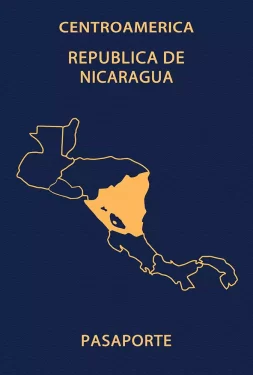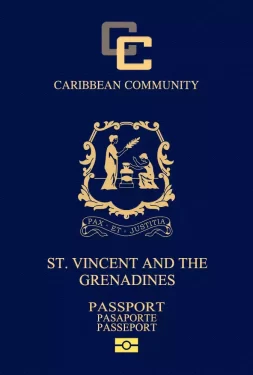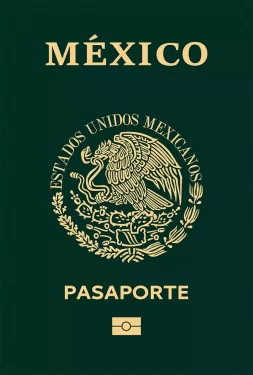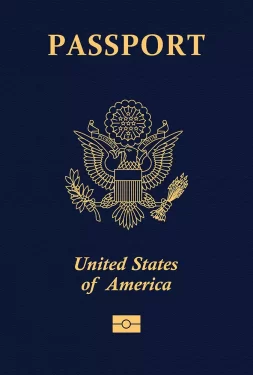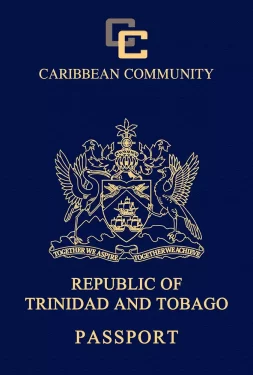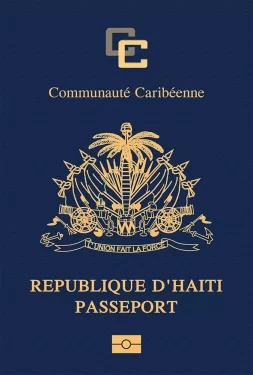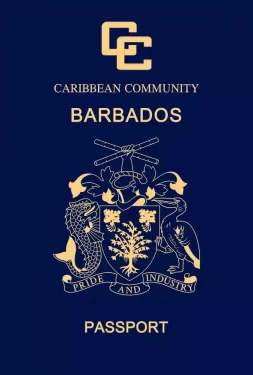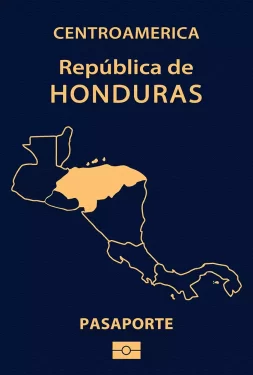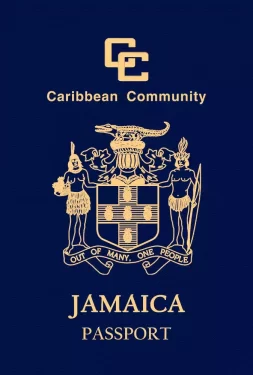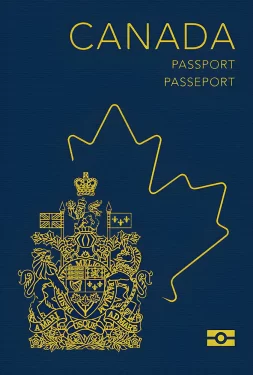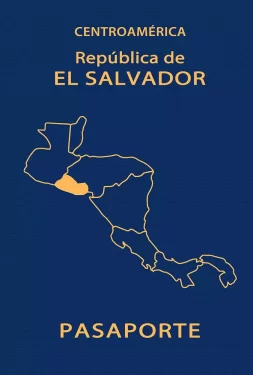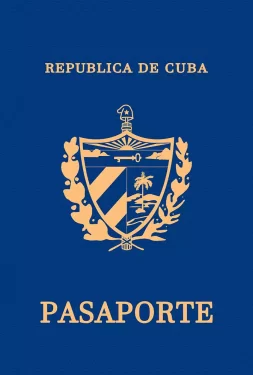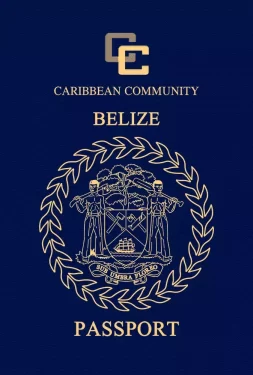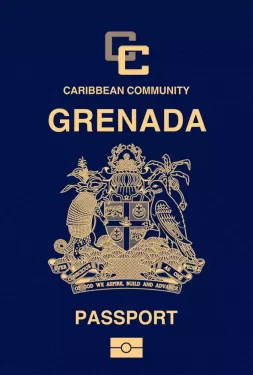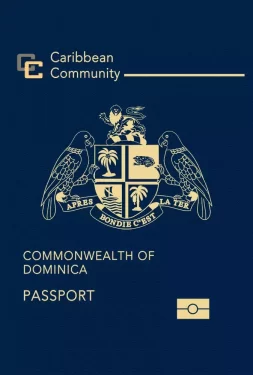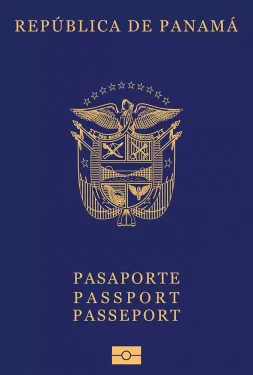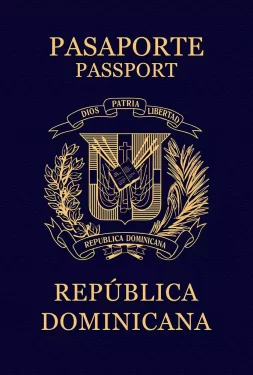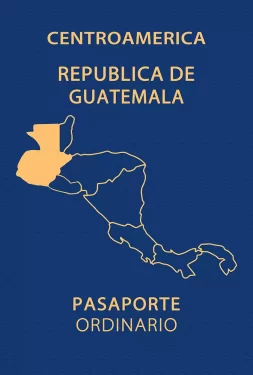
Costa Rica
Costa Rica passport ranking
The Costa Rican passport is currently ranked 29th place on the Guide Passport Index. It provides visa-free access to 149 countries. This grants it an overall higher mobility score and makes it a desirable passport. Costa Rican passport holders have visa-free access and visas on arrival to countries such as Singapore, United Kingdom, United Arab Emirates and the entire European Union. This allows almost instant travel opportunities to worldwide prime destinations. Costa Rican passport holders do however require a visa to enter about 80 destinations. Some countries where a visa is required are Taiwan, the United States and Australia.
Costa Rica Passport Ranking
The Costa Rica passport ranking relative to other global passports is calculated by adding up the number of countries that allow Costa Rica passport holders to enter without a visa (i.e. visa-free countries) and those that allow Costa Rica passport holders to enter by obtaining a visa on arrival (i.e. visa-on-arrival countries) or electronic travel authorization (eTA). There are currently a total of 113 Costa Rica passport visa-free countries, 32 Costa Rica visa-on-arrival countries, and 4 eTA destinations.
Altogether, Costa Rica passport holders can enter a total of 149 destinations—either without a visa, through a visa on arrival, or via an eTA. As a result, the Costa Rica passport ranks 29 in the world.
Separate from these Costa Rica visa-free countries and visa-on-arrival countries, there are 80 additional destinations in which Costa Rica passport holders either need a physical visa to enter or an eVisa (i.e. visa required countries).
About Costa Rica
The Republic of Costa Rica is a former Spanish colony consisting of 7 provinces. The most important provinces are San José, Alajuela, and Cartago. It is situated in Central America, bordering Panama and Nicaragua. The country has a surface area of 51,100 square kilometers. Its terrain is defined by coastal plains and rugged volcanic mountains. Its climate is tropical and subtropical with a dry season from December to April and a rainy season from May to November.
The overall population is over 5.2 million people. The capital of the country is San José, which is also the most populous city with more than 324,188 inhabitants. Other major cities are Alajuela and Cartago. The country’s largest airport is Juan Santamaría International Airport (SJO) with over 5.3 million annual passengers. This makes it the 2nd busiest airport in Central America. It is named after the national hero Juan Santamaría. The airport provides access to worldwide destinations.
Until today, Costa Rican culture is strongly influenced by the Spanish colonial heritage. The majority of the population is Catholic. The official language is Spanish. Costa Rica’s legal system is based on the Spanish civil code. Legislative acts are reviewed by the Supreme Court. The government form is a presidential republic. The posts of the chief of state and the head of government are filled by the elected President Rodrigo Chaves Robles.
The official currency is the Costa Rican Colón (CRC), with a current exchange rate of CRC 529.41 to the USD. The country has an open economy, generating a GDP of approximately $68.48 billion. This makes it the 14th largest economy in the Caribbean and Latin American countries. Its citizens have a per capita income of $13,09. The GDP is mostly made up of the services, industry, and agricultural sectors. Tourism plays an increasingly important role as a GDP contributor. Agricultural products such as coffee and bananas are the backbone of Costa Rican exports.
Costa Rica is an incredibly popular tourist destination. The country is filled with a variety of urban and natural tourist attractions. It is known for its vast beaches and nature. There are 4 UNESCO World Heritage sites scattered across the county. Some of the major destinations include the Manuel Antonio National Park, the Arenal Volcano, the Monteverde forests, and the capital of San José. Costa Rica has a total of approximately 3 million tourists visiting every year with the majority originating from North America.
